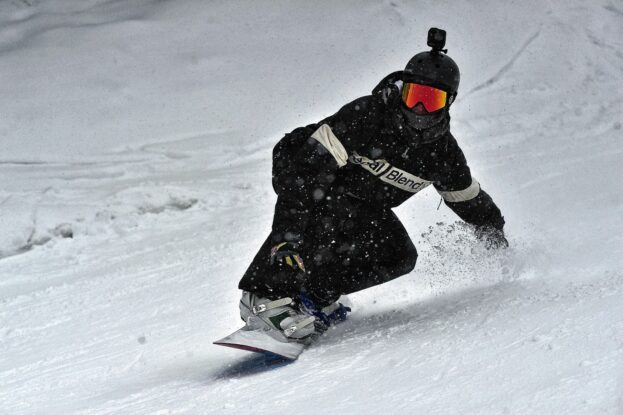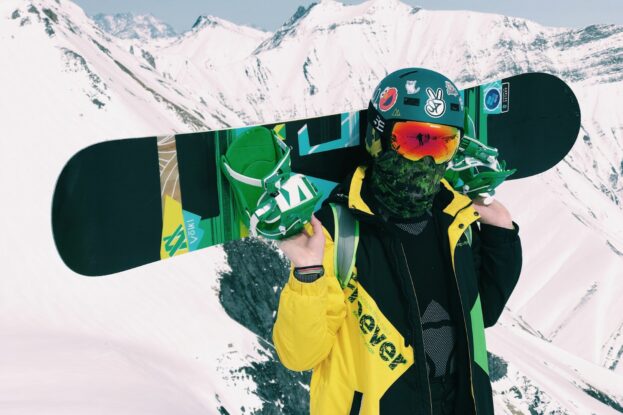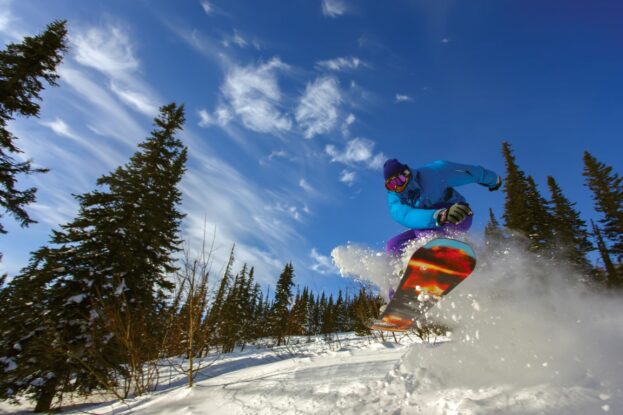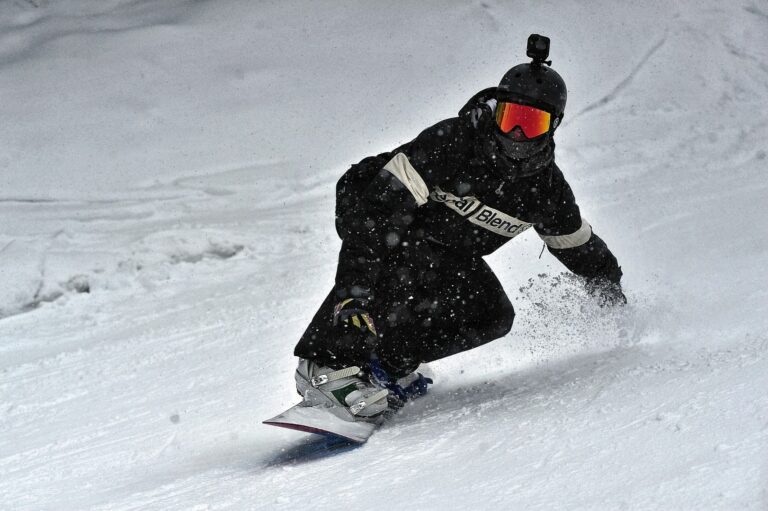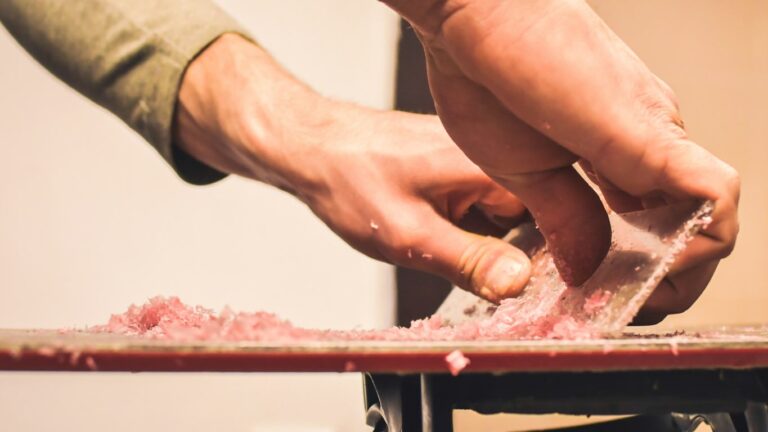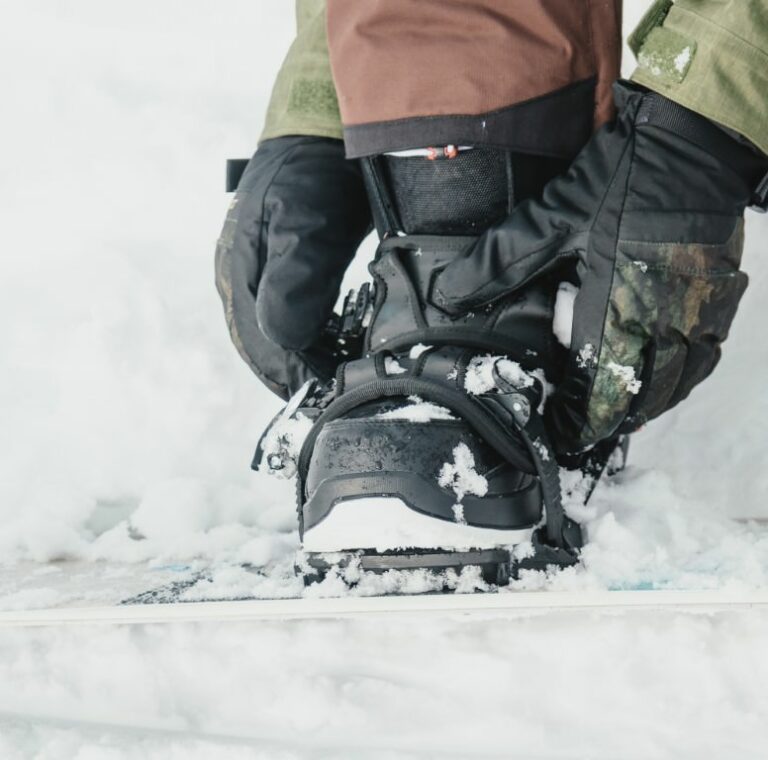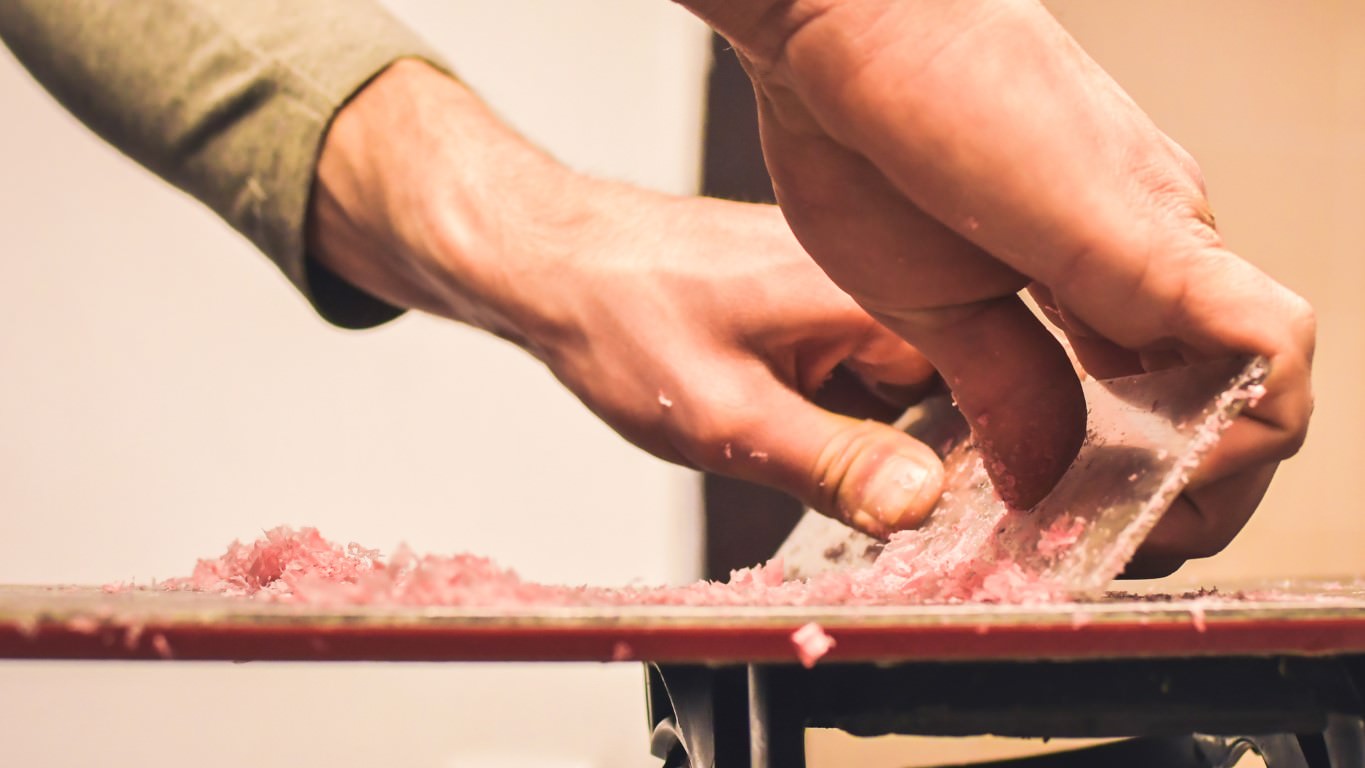How Long Should Snowboard Boots Last on Average?
There are a ton of variables that go into answering this question. Typically, you should expect your new snowboard boots to last one to two seasons or 50-100 days on the slopes. If you only get out a few times a season, those boots could last even more than two seasons.
As you wear snowboard boots, they tend to pack out and lose stiffness while performance slowly diminishes. After 50-100 days on the slopes, take a mindful look at them and determine if they’re still providing the support, fit and performance you deserve.
Factors That Determine Boot Lifespan
Each of the below factors will affect the longevity of your boots. Some of these factors are within your control, others are just part of participating in the sport.
How Often They’re Used
Do you snowboard three times a week from bell to bell or are you an occasional weekend warrior who enjoys a few runs followed by Après Ski? The more time your boots are under the stresses of snowboarding conditions, the faster they tend to wear out.
Riding Style
How much time you spend snowboarding will affect the longevity of your snowboard boots, but how you ride will drastically change how long they last. If you spend a lot of time on-piste, casually turning and carving around at a relaxed pace, your snowboard boots will age gracefully and could last a while.
An aggressive all-mountain rider or freerider tends to push a lot of force through their boots. All of the extra pressure, movement and friction will wear out a pair of snowboard boots much faster. Luckily, you can buy snowboard boots that are designed for aggressive riders. If you happen to be a heavy and or strong rider, your boots will also wear out faster than if you were on the lighter side.
Park and Freestyle riders can also expect their snowboard boots to wear out incredibly fast. This is from a combination of additional movement and the softer nature of park boots.
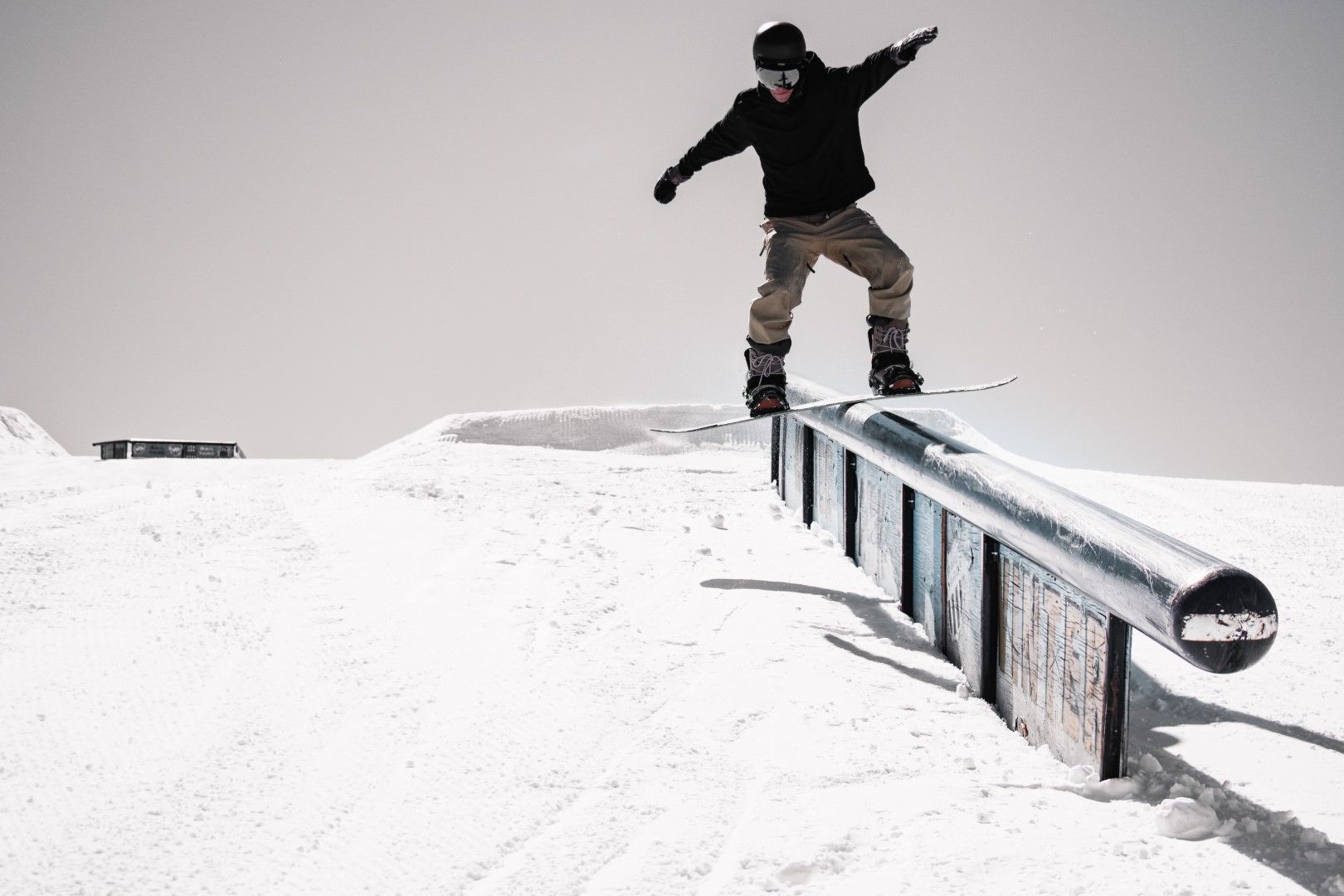
Brand/Quality
Another factor that can affect the rate at which your snowboard boots deteriorate is the brand you choose to purchase. Some brands and models tend to be more budget friendly and won’t last as long. This is especially true for beginner brands and models. Other brands and models are more suited to more aggressive and powerful riders. With snowboard boards, you also get what you pay for. Although sometimes you’re paying a bit for a name, the majority of the time, you are paying for better materials and build quality.
Brands like Firefly, LTD, Head, Rossignol, Lamar are seen as beginner brands. Boots made by these companies tend to be made cheaper and with lower quality material. Beginner brands can get away with this because once a beginner learns the sport, they will upgrade to higher quality boots so these boots don’t need to last seasons.
High quality and reputable brands like Burton, Salomon, ThirtyTwo and K2 are known for manufacturing high performance snowboard boots. Typically, these boots are made of stronger, lighter and more durable materials that can stand up to the harsh conditions seen when snowboarding a hundred days. These companies also have great warranty programs just in case you get a pair of lemons.
These brands also have different lines of snowboard boots for specific riding styles so you can choose exactly the type of snowboard boot that best aligns with your riding style. This, combined with high quality materials, manufacturing and quality control, allows you the best opportunity for finding the right model that will last. In general, stiffer snowboard boots tend to last longer due to the stronger and more durable materials used in construction.
Care and Maintenance
The care and maintenance of your snowboard boots are two factors you can control. After use, ensure you dry them using a boot dryer and lace them up to keep their shape during storage. This also helps with preserving the stiffness of the boots. Remove any dirt or rocks on the boot or stuck in the tread, as this can rub against the binding, slowly damaging the snowboard boot or binding.
The liners of snowboard boots and some snowboard boot shells can be washed and retreated with waterproofing agents. Follow the manufacturer’s instructions when doing this. This doesn’t need to be done too often, though.
How to Increase Snowboard Boot Longevity
The most important thing in increasing the longevity of your snowboard boots is making sure you buy the right size. Buying a tight fitting pair of snowboard boots leaves little room for movement that can pack out the inside prematurely.
When the inevitable occurs and the inside packs out, you can add shims, different footbeds and pads to fill in the space. I’d recommend, even before those boots hit snow, to upgrade the footbed in them from the standard soft and unsupportive footbed that usually comes with snowboard boots. Having a footbed that provides reduced compression and solid arch support will slow down the boots’ deterioration on the inside.
Some brands also come with special inserts that can increase the stiffness. Use these inserts as the boots age to regain stiffness and performance lost with use.
While taking a break for lunch or a snack, loosen your boots to release the pressure on them and give your feet a rest. Another thing that will wear down your boots prematurely is walking off snow with them. This will quickly wear them out as snowboard boots aren’t meant for long walks or Après Ski.
Practicing proper care and maintenance of your snowboard boots, as stated above, can prevent premature wear and deterioration while preserving stiffness. These tips can help prolong the life of your boots, although wear and tear will happen.
How to Tell When Your Boots Need Replacing
No matter how well you baby your snowboard boots, there will come a time when the inevitable happens, and you have to replace them.
Water leaking into the boot is the number one sign that it’s time to replace them. Cracks, holes or seam separation can cause water to leak into the shell and liner. Water leaks will drastically increase deterioration speed, and it makes them harder to dry and stay smelling fresh.
When your foot moves around too much in the boot, and your feet smash against the sides, it’s time to replace them too. Not only does this affect performance, but it can also cause awful foot pain. Remember you can add thicker footbeds, pads and shims, but if they’re too far gone, it’s best to replace.
If the boots have lost significant stiffness to the point that it’s affecting your snowboarding performance, there’s not much that can be done to reverse this. As the upper part of the boot stretches, more space and movement prevents responsiveness when turning. If the boots feel laggy, unsupportive and noodly, it’s time for an upgrade.
Lastly, if your snowboard boots don’t keep your feet warm anymore, it’s time to replace them. As snowboard boots age, the wear and tear, along with them packing out, allows more cold air to permeate through the layers of the boot to your foot. Warm socks can only do so much, and you don’t want to have to push through the pain of cold feet when you’d rather be focusing on the experience.
Conclusion
Snowboard boots take quite a beating on the slopes. Luckily, some snowboard brands have figured out how to create comfortable boots that can last and perform for a hundred days on snow. Of course, there are many factors that affect the life of your boots, so 50-100 days on snow is a great estimate.
Selecting the right snowboard boot and taking proper care of them helps prolong their life and allows stiffness and performance to last. Check in with your boots once in a while to see how they’re performing, complete the necessary maintenance and accept when they need to be replaced. Your performance will improve, and your feet will thank you.

